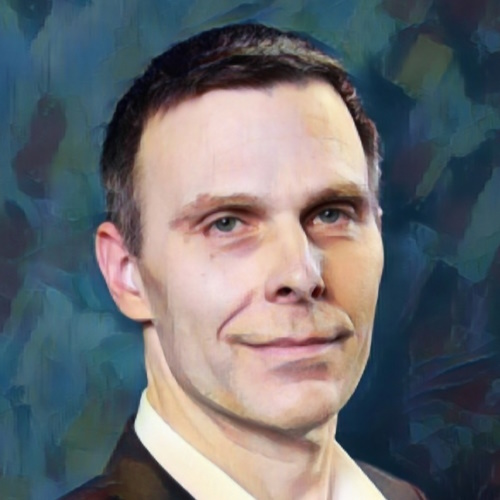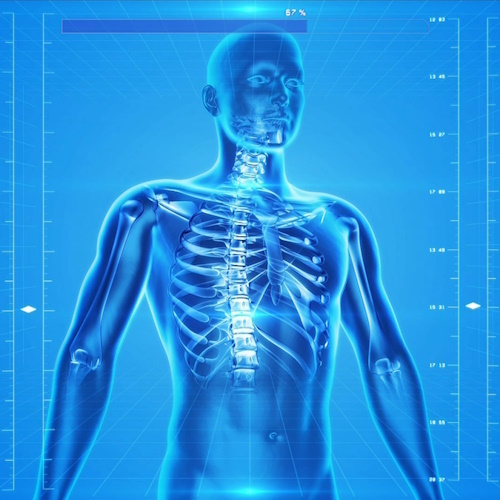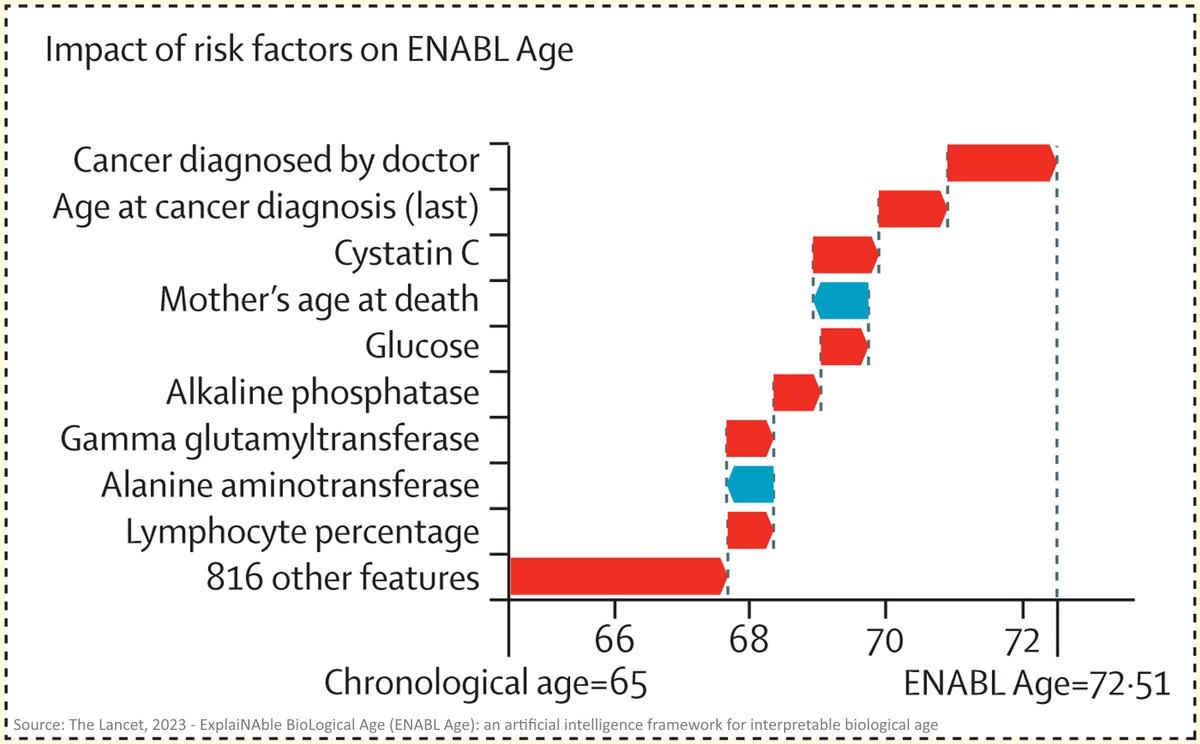Ageing is the universal clock that ticks differently for each individual. It is an intrinsic part of life, a complex interplay of genetics, lifestyle, and environment that defines the human health span. In a groundbreaking study, Prof Matt Kaeberlein, PhD, and Prof Su-In Lee, PhD from the University of Washington, have pioneered a transformative approach to deciphering this complexity. Their research presents the ENABL Age model, a cutting-edge tool that predicts biological age with unprecedented precision, offering a window into our body's true biological wear and tear beyond the simplistic measure of chronological years.
The Quest for a Biological Clock
The journey of life is often marked by the calendar years we live, but the essence of ageing lies deep within our biological makeup. Traditional models have scratched the surface by correlating epigenetic changes with age-related decline. However, the intricate nature of ageing demanded a more nuanced approach. Enter the world of Gradient Boosted Trees (GBTs) and second-generation biological age models, which leverage vast datasets and sophisticated algorithms to provide a more detailed picture of ageing.
The ENABL Age Model: A New Frontier
At the heart of this study lies the ExplaiNAble BioLogical Age or ENABL Age model, a product of rigorous analysis of large-scale datasets from the UK Biobank and the National Health and Nutrition Examination Survey (NHANES). With meticulous precision, Prof Kaeberlein and Prof Lee's team has shown that GBTs outshine traditional linear models in mortality prediction tasks. Their findings are not just numbers on a page; they signify a leap in understanding the multifaceted phenomenon of ageing. The ENABL Age model's superior performance is quantified by significant p-values (p<0.0001) across various mortality prediction tasks, underscoring its robust predictive power.
A Deep Dive into ENABL Age
The ENABL Age model is a marvel of machine learning, built upon the foundation of Gradient Boosted Trees (GBTs), which are renowned for their ability to handle complex, non-linear data. By training on vast datasets from the UK Biobank and NHANES, the model has honed its predictive prowess. The researchers did not settle for broad strokes; they sought precision, rigorously testing the model across various mortality prediction tasks.
The datasets were exhaustive, encompassing a wealth of information from blood panel data to comprehensive questionnaire responses. This allowed the ENABL Age model to consider a constellation of factors, from biochemical markers to lifestyle habits, painting a detailed picture of an individual's biological age.
A Genetic Window into Ageing
The research delves into the genetic underpinnings of ageing by conducting Genome-Wide Association Studies (GWAS) on ENABL AgeAccels. The mapped genes are associated with age-related traits, offering a genetic glimpse into the biological ageing process. Interestingly, the ENABL Age model captures unique ageing mechanisms, as indicated by the distinct genetic correlations with other ageing models.
The Tale Told by Statistics
The GBTs' superior performance was evident, with significant improvements in mortality prediction tasks, backed by p-values ranging from 0.003 to less than 0.0001. The median error between ENABL Age and chronological age was impressively narrow, at 4.1 years for the UK Biobank dataset and 5.9 years for the NHANES dataset — a testament to the model's accuracy.
But the real power of the ENABL Age model was demonstrated when individuals were sorted into healthy and unhealthy age groups based on their ENABL Age. The unhealthy group exhibited a log hazard ratio for mortality three to twelve times higher than the healthy group. This stark contrast highlighted the model's ability to discern between healthy and unhealthy ageing trajectories effectively.
Further comparisons solidified ENABL Age's superiority. The model consistently outperformed BioAge and PhenoAge across various metrics, including all-cause and cause-specific mortality predictions. The ENABL Age clocks — using both comprehensive and reduced feature sets — showcased both high accuracy and computational efficiency.
Correlation with Chronological Age
While chronological age is an immutable fact, the ENABL Age model correlates with it (r=0.7867 for UK Biobank, r=0.7126 for NHANES) while providing additional layers of insight. This model does not just echo the passage of time but reveals the biological narrative underlying each individual's life story.
Beyond the Numbers
The ENABL Age model has proven its mettle in mortality prediction. When individuals were grouped according to their ENABL Age into healthy and unhealthy categories, the unhealthy cohorts displayed dramatically higher mortality risks. The model's ability to predict all-cause mortality and cause-specific mortality, like neoplasms, is not only statistically significant but also clinically relevant. It holds the promise of revolutionising how we perceive health risks associated with ageing.
The Dawn of Personalised Ageing
The implications of this study are far-reaching. The ENABL Age model provides individualised explanations of biological age, offering insights into personal ageing mechanisms and potential pathways for intervention. For example, it could inform a 65-year-old woman that her biological age is higher than her chronological age due to specific health factors, guiding her toward targeted lifestyle changes or medical interventions.
Moreover, the model's ability to identify the top risk factors influencing mortality paints a clear picture of what affects ageing most significantly. With features like long-standing illness and specific blood markers emerging as key influencers, medical professionals can prioritise these factors in their patient assessments and treatment plans.
The genetic insights from the ENABL Age model are perhaps its most revolutionary contribution. By identifying genetic correlations with various ageing-related traits and diseases, the model paves the way for a deeper understanding of the ageing process. This could lead to the development of genetic screening tools to predict and prevent age-related diseases before they manifest clinically.
The Future of Ageing Research
The ENABL Age model, a culmination of the visionary efforts of Prof Kaeberlein and Prof Lee, is more than a scientific achievement; it is a beacon for the future of ageing research. By capturing unique ageing mechanisms and providing a personalised approach to mortality prediction, the model opens new horizons in our quest to understand and perhaps one day master the ageing process.
As we stand on the cusp of a new era in personalised medicine, the ENABL Age model beckons us to rethink our approach to health, ageing, and longevity. With its potential to tailor medical interventions to the individual and to offer a precise understanding of the biological underpinnings of ageing, the ENABL Age model is not just a clock; it's a compass that guides us toward a healthier, more vibrant future.
Research published in The Lancet Healthy Longevity.








